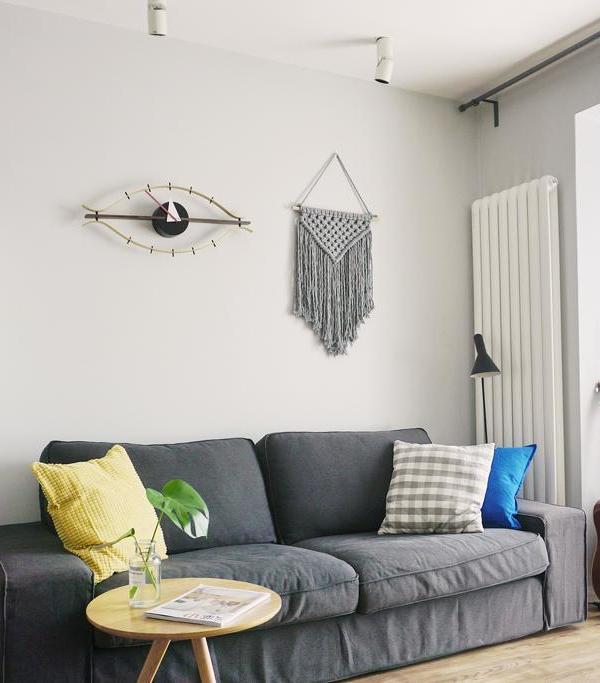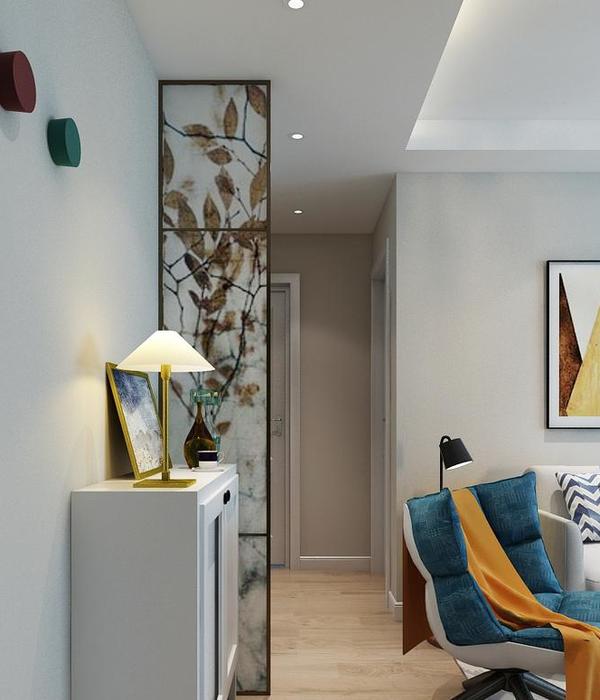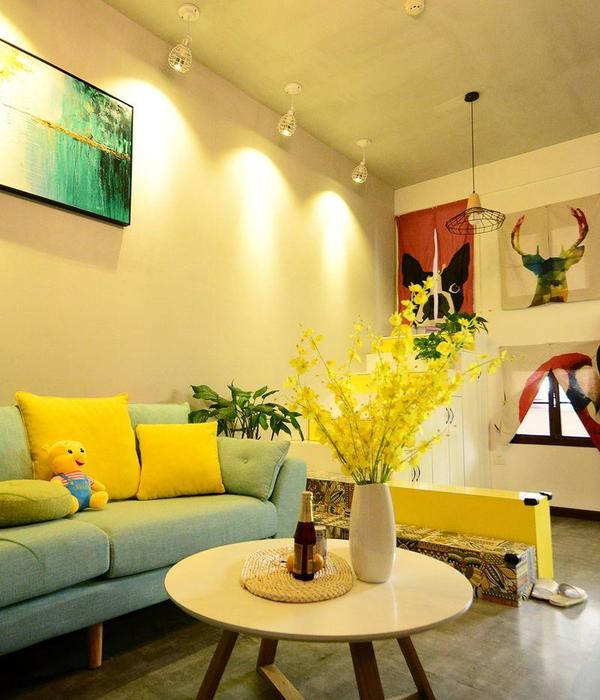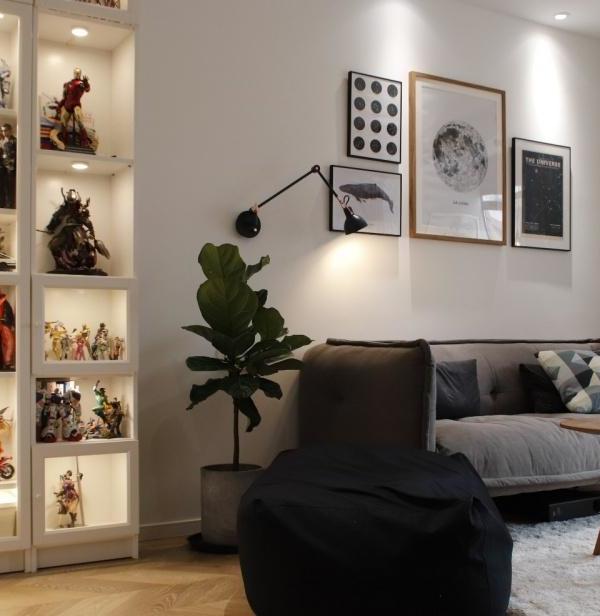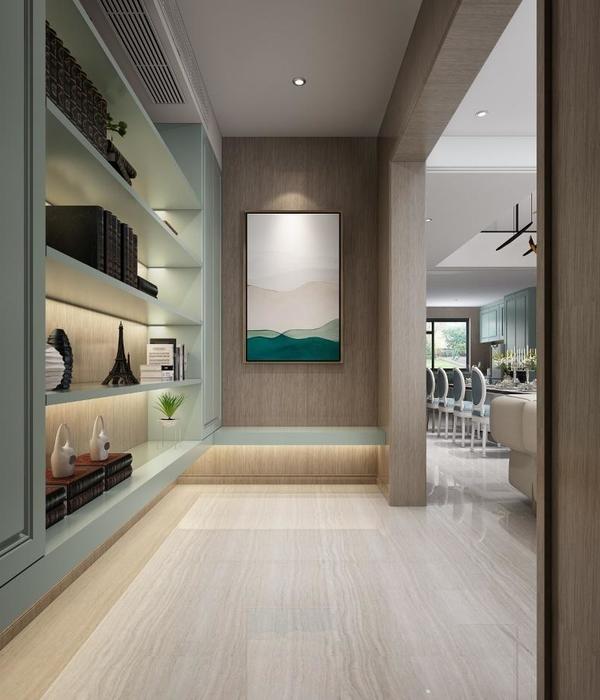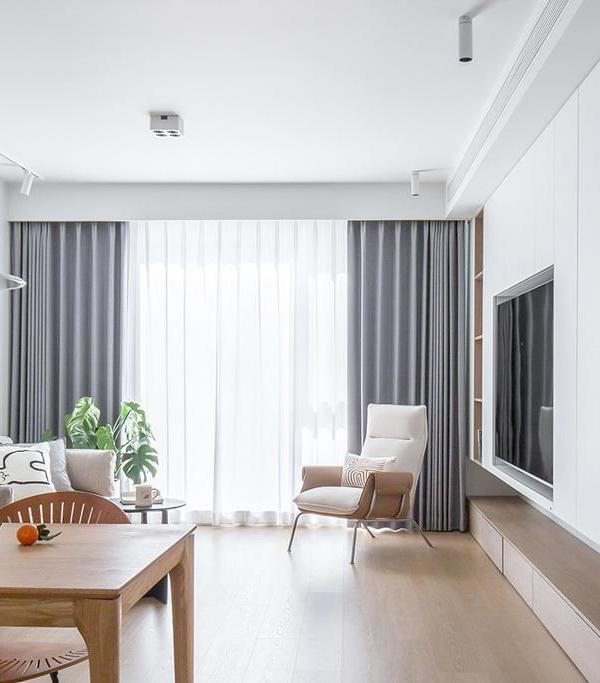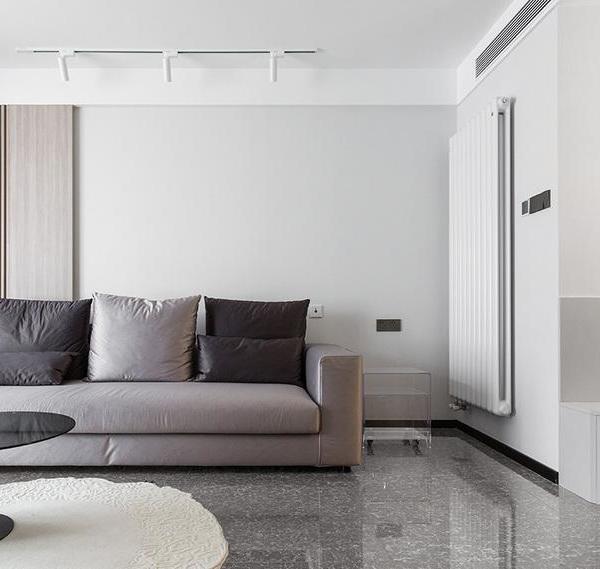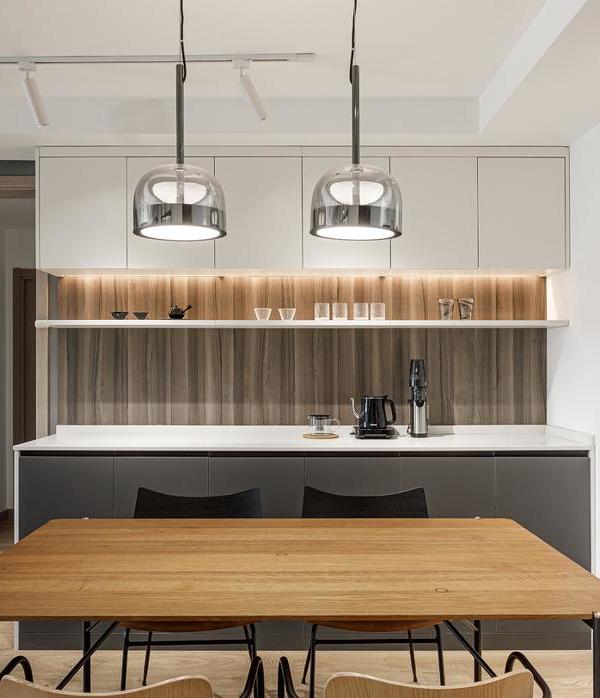Architects:JKMM Architects
Area :34200 m²
Year :2019
Photographs :Hannu Rytky, Mika Huisman, Pauliina Salonen
Manufacturers : Louis Poulsen, Artek, +Halle, Aarnio originals, Arktis, BLÅ STATION, Barber Osbergy, Bolon, EGE/Orient Occident, Finom Pure Design, Innofusor, Koolmat, Lammhults, Mater, Moooi, Nikari, Poiat, Romanoff, Samuli Naamanka, Selkaline, Vivero, +4Vivero T, Wastberg, inno, Örsjö-4Louis Poulsen
Project Management :Haahtela
Structural Design :Ramboll
HVAC Engineering :Sweco Finland Oy
Electrical Engineering :Sweco Finland Oy
Acoustics and Sound Proofing :Akukon
Interior Design (partly) :dSign Vertti Kivi & Co
Principal Architects : Juha Mäki-Jyllilä, Teemu Kurkela, Samuli Miettinen, Asmo Jaaksi
Design Team : Kirsti Larja, Jukka Mäkinen, Marko Pulli, Mirja Puoskari, Päivi Puukari, Henri Suorsa, Teemu Taskinen, Virve Vuolasvirta, Miina Vuorinen, Tommi Varis
Project Team : Eero Kontuniemi, Mikko Lehto
Bim Coordinator : Mikko Kyläkoski
Design Assistant : Katariina Takala
Interior Project Architect : Elina Niemi, Paula Salonen
Interior Architect : Viivi Laine, Rami Lehtimäki, Katja Rouvinen, Tiiina Rytkönen
Designer : Sami Laine
Fire Consultant : L2 Paloturvallisuus Oy
Av Design : Akukon
Client : Varma Mutual Pension Insurance Company
Bim Coordinator : Mikko Kyläkoski
City : Helsinki
Country : Finland
The new Kesko headquarters in Helsinki completed in the Summer 2019 and are now the offices of some 1800 members of staff who are working for the retail group specialising in groceries as well as the building and technical trade. The contemporary feel of the office environment is future proofed for changes in working methods in years to come. The design of the building also provides a showcase for Kesko’s products and services.
K-Campus is located in a recent addition to the city: the Kalasatama district. It enjoys a prominent position in Kalastama next door to the Redi shopping mall and within a stone’s throw from the metro station which has trains reaching central Helsinki within 10 minutes. To the west, is the slaughter house area and the fast developing Suvilahti with its many services. The K-campus is made up an urban block with its own distinct identity. In Helsinki, the possibility to occupy a whole city block in this way is a rare opportunity and it has enabled not only a wholistic vision for the campus but has also resulted a strong architectonic presence.
The building complex embodies important values such as customer care and corporate responsibility. The architecture reaffirms these values through its interpretation of Modernist Scandinavian principles, highlighting durability and authenticity. The architects’ approach also combines the immediacy of clarity of vision with care and attention for details and purposeful design. The campus has light brick elevations that have been laid in situ and that alternate with exposed fair-faced concrete as well as large panes of glazing. From the outside, the warm tones of timber used in the building’s arcades and roof terrace are visible and add another layer to the architecture’s sense of materiality.
The main entrance opens up into the atrium courtyard that gives onto a public cafe as well as an auditorium which can be closed off behind partitions. The space is bathed in natural light that works well with the natural timber surfaces, the verdant green wall and use of glass. At the heart of this space, there is a stepped seating area made up of stairs using timber slats as well as a large scale staircase that doubles up as an active space for working; in much the same way all of the building’s interior areas do. The stairs lead to the dedicated office areas and meeting rooms that wrap around the atrium spanning all of four floors.
The interiors reinforce the language of the building’s exterior. Architectural detailing combined with a pared-down approach to spaces that are generous and easily legible facilitates way finding throughout the Campus. The material palette has been selected so that it feels natural, for example, with its oak floors and ceilings lined in pinewood. The interiors all wrap around a glazed atrium where a scaled up staircase is a visual focal point, acting as a meeting point as well as a symbol for communality. Meeting and presentation rooms are located on the first floor and, when opened up to the atrium staircase, enable the hosting of functions for up to 1000 people. The atrium stair has been designed so that it is easy on the foot, thereby inviting people in the building to use it rather than choosing to go up and down by lift.
A building that occupies a whole block in this way makes it possible to offer exceptionally spacious and flexible office accommodation on each floor. This has been important to the client, as Kesko has teams travelling from around the Helsinki area and congregating in the building.
Each of the four office floors is futureproofed ensuring flexibility in how it is occupied. The offices’ design lends itself to different methods of working within the same space and collaboration between Kesko’s different teams. The design strategy emphasises that all spaces that are open to Kesko staff can be used effectively as work stations. This is a move away from a more traditional approach to working only at one’s own desk. Instead, at Kesko, the overall fitout right down to IT points and power supply and lighting solutions ensures that itinerant working practices within the K-Campus are fully supported.
The campus offices are divided into zones defined by the needs of staff. There are zones tailored for collaborative working and zones more suited for meetings in addition to zones that focus on solitary working practices. The meeting rooms intended for visitors face the atrium courtyard. These open onto generous project spaces that can be closed off as required. The solitary workspaces are designed so that they pace the character of the work stations by introducing quiet and calm areas amongst busier and more lively ones. There are cafes too on the different levels intended as meeting places as well as alternative workspaces. As the cafes have been positioned near meeting rooms, they readily serve visitors to K-Campus. All in all, there are over 100 meeting points amongst the variety of workspaces at K-Campus.
Acoustics and pleasurable workspaces have been another focus at the Campus. Throughout, there is a desire for the best possible acoustic environment which has led the interiors team to opt for specially designed ceilings and textiles to cover the floors. The result is a calm and serene sequence of workspaces. The architects also introduced higher than standard ceiling heights for this type of building. This together with the strategic use of glazed surfaces ensures that the K-Campus interior feels uplifting and well-lit. Each floor has meeting rooms with break out spaces which include kitchens. Plants also play a role in the interiors on all of the office floors. The interior lighting scheme combines even ambient lights with large numbers of spot lights for creating atmosphere.
A defining design principle for the project has been energy efficiency. Artificial intelligence has come to play a part in this by monitoring the building control systems for heating, lighting and air conditioning. The objective is to keep energy consumption as low as possible whilst still providing occupants as comfortable an environment as possible. Kesko-Campus will be Finland’s first office building to go carbon neutral in its waste management. The client and design team will be applying for both BREAAM and Green Office certification for the project.
▼项目更多图片
{{item.text_origin}}

